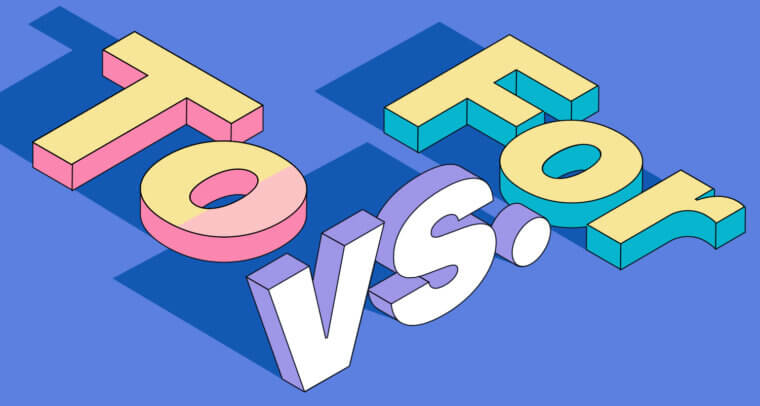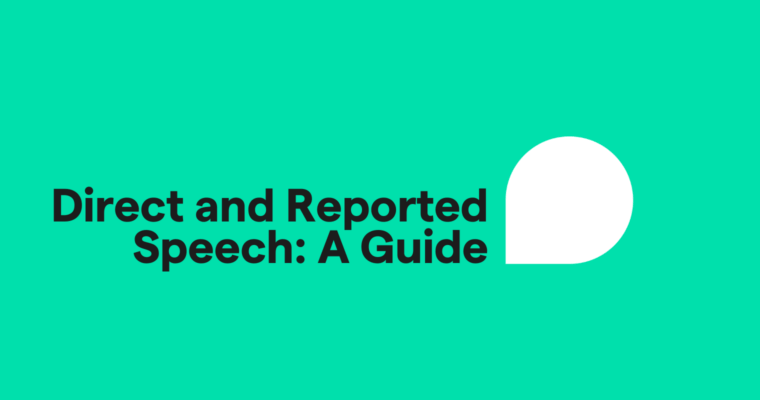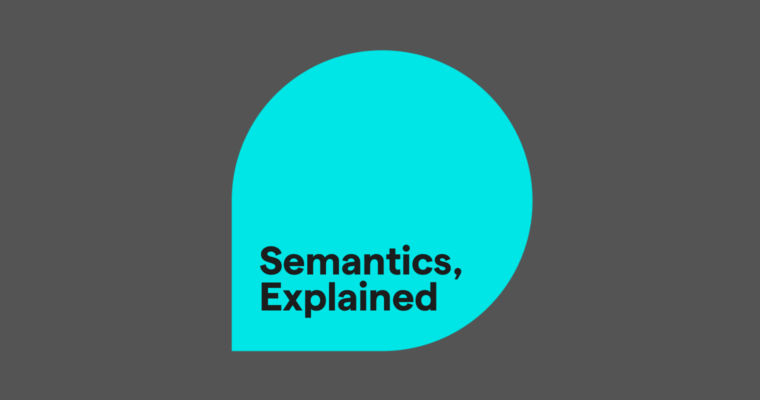
To and for are some of the most common prepositions in English—you see them everywhere, in almost every sentence. That’s what makes it so frustrating to get them mixed up; after all, the for and to difference isn’t exactly easy to understand.
Even people who use English as their primary language sometimes get confused about to vs. for, so we wanted to clear things up once and for all. Below we explain the difference between to and for, including when to use each, common mistakes, and plenty of examples.
What is the general difference between to and for?
To and for are similar, so it’s easy to get them confused. Both to and for are prepositions, one of the eight parts of speech, and both are used quite a lot. The difference between to and for lies in their meanings and the words they’re typically used with.
We explain those meanings in the next sections, but for now let’s talk about the differences between for and to. For example, to is one of the prepositions of direction, which means it can be used to express movement, whereas for is not (except in rare cases, where one could say “I think we’re headed for a dead end,” for example). Additionally, to can indicate the infinitive form of verbs, which for cannot.
Likewise, for has its own unique uses that to doesn’t have. For can sometimes act as a coordinating conjunction, meaning it can connect two clauses in a sentence, something to cannot do.
Aside from their usage as prepositions and special grammar situations like infinitives and conjunctions, both to and for are also used as parts of phrasal verbs. When used in phrasal verbs, however, they no longer act independently and instead take on the meaning of that particular phrasal verb.
When to use to
When do you use to in a sentence? Here are the main uses of the preposition to:
1 Direction
Expressing movement toward something
We’re going to the zoo this weekend.
Look to the left and right when crossing the street.
2 Receiving
Showing who or what receives an action or item
Furlong passed the ball to Sexton at the last second.
We didn’t invite Karen because she was always mean to us.
3 Connection
Showing an abstract link between two people
I am married to my best friend.
This is Dwight, assistant to the regional manager.
4 Attachment
Showing a physical attachment between two things
The piece of paper was accidentally glued to my hand.
I chained my bike to a bench, but the bench was stolen.
5 Comparison
Introducing the second part of a comparison
High school is easy compared to college.
They preferred water to soda.
6 Reason (with verb)
Describing why something happened, when the explanation uses a verb
He shouldn’t have joined the army to impress people.
I study so much to get good grades.
Other main uses of to
Infinitives—In the infinitive form of a verb, to comes before the root verb.
I want to be an astronaut.
To succeed in anything requires motivation.
Time—Especially in British English, to is used to mean “before” a certain time.
It’s a quarter to four. (3:45)
Ten minutes to closing!
Synonym of “until”—To is often used colloquially as a replacement for “until.”
We’re open from dawn to dusk.
I’m with you to the end of the line, Bucky.
When to use for
When do you use for in a sentence? Here are the main uses of the preposition for:
1 Support
Indicating agreement, allegiance, or favor toward something
I always root for the underdog at games.
If you’re not for the union, you’re against it!
2 Representation
Showing an action on behalf of or representing something else
I speak for everyone when I say that we’re happy you’re here.
I may work for Walmart, but I don’t shop there.
3 Exchange
Introducing the second part of a purchase, deal, or trade
I’ll give you my potato chips for your mini-muffin.
He bought the entire Skrillex discography for only a dollar.
4 Length
Indicating length of time or distance
She worked there for four years and the boss never learned her name.
Go straight for a few miles and then turn left.
5 Gratitude
Showing thanks or gratitude
Thank you for your email.
It isn’t much, but I’m grateful for what I have.
6 Reason (with noun)
Describing why something happened, when the explanation uses a noun
She became a doctor for the money, not the long hours.
We have to practice extra for the tournament.
Other main uses of for
Conjunction—For is a coordinating conjunction that acts as a synonym of “because,” although today it’s a little outdated. (If you’ve learned the FANBOYS acronym, for is the F.)
Don’t go out past midnight, for it’s not safe.
The crops aren’t growing, for the weather is lousy.
Comparisons with what’s normal—You can use for to emphasize how something is different from the norm or general standard.
She’s tall for her age.
“You’re not bad for an elf,” said the dwarf.
Scheduling—For is used to indicate a planned arrangement in the future.
I have a dentist appointment scheduled for Tuesday.
Is our D&D session still on for later?
Common word pairings that use to and for
Certain words just go together, even when other words are technically correct too. When you’re familiar with a language, specific word pairings just sound “natural” because everyone seems to use them, but swapping one of those words with another doesn’t sound as good because the phrasing is less common. For example, we often say “save time,” but rarely use “conserve time,” even though both are correct and have the same meaning. These pairings are known as collocations.
For people whose primary language is not English, collocations can be difficult to remember, especially with prepositions. So below we’ve included a short list of the common words that usually pair with to and for. We’ve also included some popular phrasal verbs to help you understand which words use to and which words use for.
Word pairings that use to:
- access to
- addiction/addicted to
- attraction/attracted to
- change to
- contribute to
- dedicate/dedication to
- new to
- react/reaction to
- refer/reference to
- respond/response to
- threat to
- transition to
- to some extent
- to [someone’s] surprise
- to [someone’s] face
- to this day
Common phrasal verbs with to:
- get around to
- get down to
- get to
- look up to
- see to
Word pairings that use for
- advertise/advertisement for
- approval for
- argue/argument for
- care for
- cure for
- hunger/hungry for
- pay for
- recipe for
- room for
- search for
- study for
- talent for
- thirst/thirsty for
- for a living
- for a while
- for free
- for good
- for now
- for sale
- for starters
- for sure
- for the best
- for the record
- for the time being
Common phrasal verbs with for:
- go for
- look for
- look / watch out for
Using to vs. for with purpose and reasons
Looking at the uses of to and for individually, you’ll notice there’s some overlap, particularly when it comes to reasons and explaining why. This topic alone creates a lot of the to vs. for confusion.
When it comes to purpose and reason, the simple difference between to and for is:
- to is used with verbs
- for is used with nouns
Consider these examples:
I came here to see you.
I came here for you.
Both communicate similar messages, but with different words. The first sentence uses to because the reason is a verb (“see”); the second sentence uses for because the reason is a noun (“you”).
Using important to vs. important for
It’s quite common to hear both “important to someone” and “important for someone.” While they’re both grammatically correct—and similar—their meanings have a slight difference that’s worth mentioning.
- important to indicates personal or sentimental value, with emotional significance
- important for indicates a practical benefit, not always an emotional significance
As an example, a job interview might be important for you as a way to make money and afford your lifestyle. However, if the interview is for your childhood dream job, then the job interview can also be important to you because it reflects a personal passion.
Using to vs. for with receiving something
Although to is more closely related to receiving something, people often mix it up with for. Because for indicates a reason that’s a noun—in this case, a person—it can get confusing.
Essentially, when you’re talking about someone receiving something directly, use to followed by the recipient (the person who receives something).
Every year I give a birthday gift to my dog.
If you’re talking about the reason or purpose behind doing something—but not the actual giving—use for.
I bought a birthday gift for my dog.
Notice how the action in the last sentence is about buying the gift, not giving the gift.
To vs. for FAQs
What is the difference between to and for when communicating the reason for or purpose of something?
If the explanation is a verb, use to, as in, “learning a language to communicate.” If the explanation is a noun, use for, as in, “learning a language for communication.”
What is the difference between to and for when communicating the recipient of something?
If the sentence discusses the actual action of giving or transferring, use to followed by the recipient, as in, “he handed the gift to her.” If the sentence discusses the reason why something is given or transferred, use for, as in, “he picked out a gift for her.”
What is the difference between to and for when communicating the importance of something?
Saying that something is “important to” someone means that it has personal or emotional significance. Saying that something is “important for” someone suggests that the benefit is practical, not emotional.





